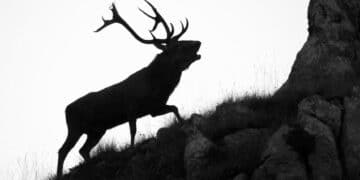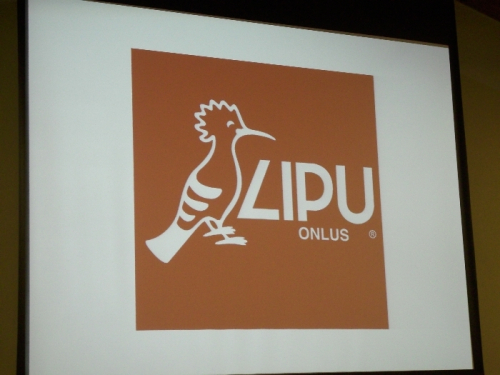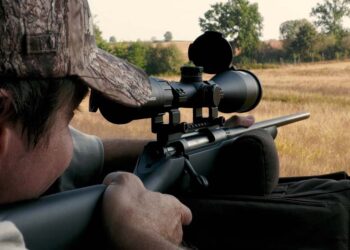What is happening to the Alpine territory
In recent decades, the Alpine territory has changed a lot: the abandonment of agriculture and pastoralism, in many areas, has allowed a natural regeneration of the forests and many species of mammals have found their natural habitat in the woods. At the same time, however, tourist attendance in these areas has increased, as in most of the world's high-income countries, creating a potential nuisance for wild animals. Wilderness areas have become popular destinations for outdoor recreation playing a crucial role in reconnecting people to the natural world in an increasingly urbanized society. However, as the demand for nature tourism continues to increase globally, so is concern about possible side effects on biodiversity and especially wildlife. How do wild animals react to this growing presence of humans in their habitats? Are there any long-term negative effects? The search for MUSE Photo Studio and the University of Florence "Crowded mountains: Long-term effects of human outdoor recreation on a community of wild mammals monitored with systematic camera trapping" sheds light on this issue, also demonstrating how a standardized scientific monitoring activity is essential for measuring the environmental sustainability of human activities and to achieve the objectives of combating the biodiversity crisis set by the UN.
Camera traps installed
The study systematically used 60 camera traps - every summer - starting from 2015 in an area of the western Trentino Dolomites highly frequented by hikers, in order to detect the passages of animals and people and monitor the fauna to study possible responses. . “The results of the analyzes – explains Marco Salvatori, PhD student at the University of Florence in collaboration with MUSE and first author of the study – show us that of the over 500 photos collected in 7 years of research (from 2015 to 2022) 70% portrays people and the rate of human passage in front of the camera traps was 7 times higher than that of the most common wild species in the area, the fox, and even 70 times higher than that of the bear, the species that was rarely photographed . Furthermore, the passage of people does not differ between the camera traps present inside the Adamello-Brenta Natural Park and those placed outside, demonstrating, as expected, a potential pressure even within the protected area”.
The species considered
Despite this very intense human frequentation, however, the species studied have shown stable and in some cases even growing presence trends, a reassuring sign for their conservation. All 8 species considered (bear, deer, chamois, roe deer, badger, fox, hare and beech marten) revealed a clear behavioral response to the disturbance caused by the passage of people: in the more frequented areas they become more nocturnal to reduce the probability of encountering people , and concentrate their activities at night even when they are closer to population centres. Not only that, larger species, such as bears, deer and chamois, also exhibit a clear tendency to avoid frequenting areas where human passage is more intense. This too can be considered an encouraging sign for man-wildlife coexistence. The results of the study therefore demonstrate how wild animals implement all the strategies at their disposal to minimize the chances of encountering people. However, these behaviors are not "free" for the animals, but constitute a potential cost in terms of greater movement difficulties, non-optimal regulation of body temperature, the use of less productive areas in terms of food resources.
Night trends
"In conclusion - says Francesco Rovero, professor of ecology at the University of Florence and coordinator of the study - the tendency to be more nocturnal is a behavioral response common to many mammals exposed to the presence of large numbers of people, as evidenced by various research international level. If, on the part of animals, the commitment to avoid contact with human beings is remarkable, now it is also up to us humans to be careful by adopting - for example - some measures to limit access to some areas of natural parks during summer periods. delicate year for fauna, a strategy already widely applied in many parts of the world” (source: FIDC).






































